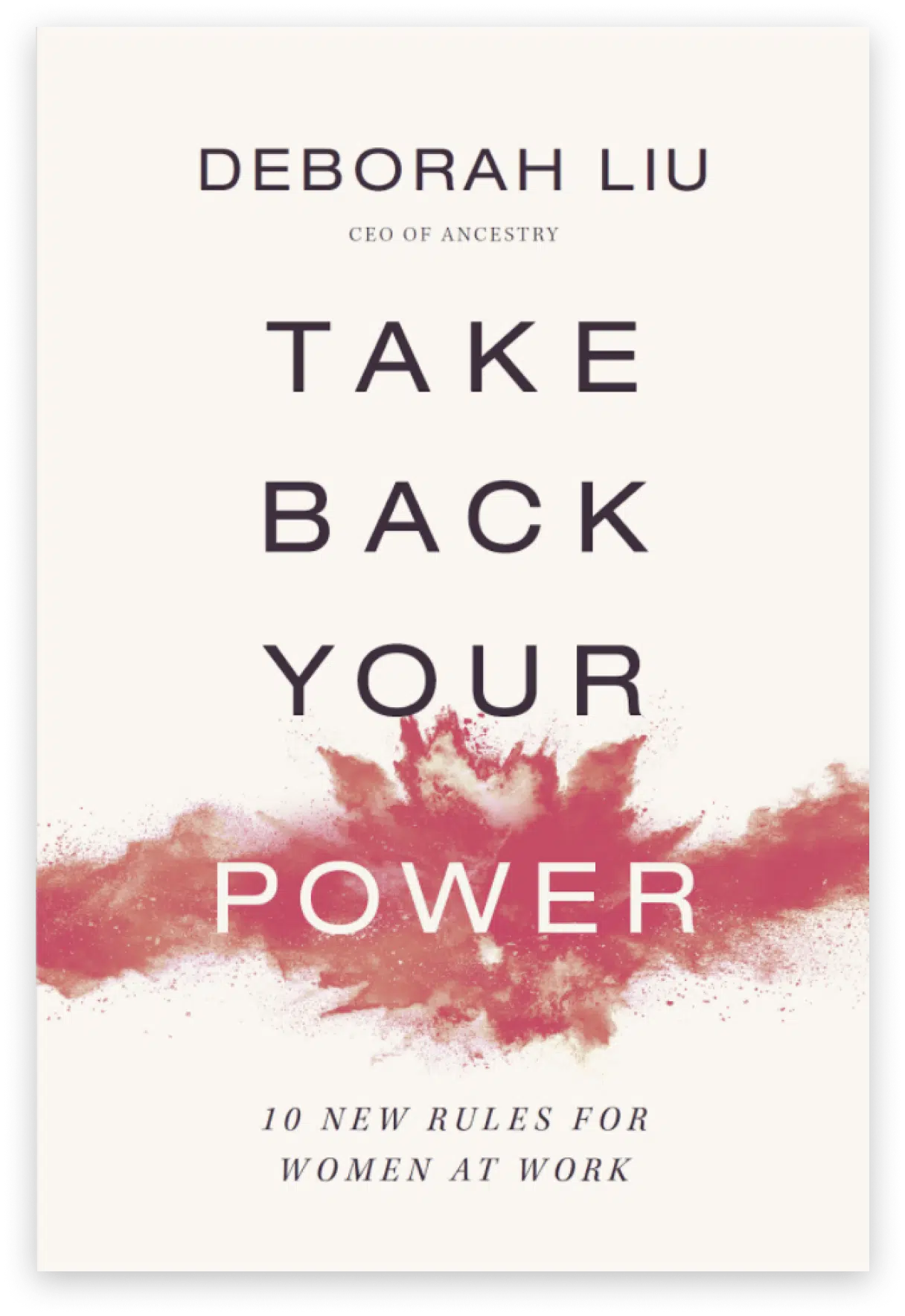We hate hearing the word “no.” We hate it so much that we would rather not get our questions answered at all than risk a negative answer. We teach ourselves to be ostriches and bury our heads in the sand to avoid the discomfort of rejection.
This is strategic ambiguity: avoiding a problem or question altogether in order to avoid a possible negative outcome. The answer is left in limbo, in an unknown state, like Schrodinger’s Cat.
Strategic ambiguity can manifest in many different ways. Here are a few examples:
If I ask my manager for a promotion, they may say no, so I’m not going to ask.
If I go to the doctor, it may be bad news, so I won’t go to the doctor.
If I raise my hand for the project, they might not pick me, so I won’t raise my hand.
I don’t want to get feedback because the feedback might be negative.
If I raise an issue with my peer, we may get into an argument, so I’ll just let it drop and hope it goes away on its own.
If I don’t read the nutrition label, then I won’t know how much sugar is in that ice cream bar.
We practice this in many insidious ways, in both our personal and professional lives. We don’t know if we can handle the truth, so we intentionally avoid it. But strategic ambiguity carries negative consequences. Putting a stop to it is one of the best things we can do for ourselves and our teams.
Why we prefer strategic ambiguity
I once did a project to increase efficiency at our company. Someone I interviewed said, “We say we disagree and commit, but actually we are agreeing not to commit.” Without a clear path to alignment, everyone was secretly agreeing to filibuster the project but not actually calling out the elephant in the room. In this case, using strategic ambiguity allowed the teams collaborating on a joint project to play along in meetings and then go off to focus on their own priorities.
This “ignorance is bliss” mentality is a defense mechanism. We don’t want to face the answer, so we don’t raise the question. We want plausible deniability way more than we want the truth because the truth can hurt and be hard to confront.
Strategic ambiguity gives us an out. We can pretend we’re up for that promotion, not sick with something serious, or not going to have to make a major life change. We seek safety by ignoring the problem, but we can only ignore it for so long before the consequences hit us.
Getting clarity for ourselves
Clarity is like sunlight in a dark room. It illuminates and enlightens us, and it allows us to find our way around obstacles. But when the light first shines in, our eyes hurt as they adjust to the new reality.
When we practice strategic ambiguity, we are avoiding this temporary pain in favor of comfort at the moment. But when we finally turn on the light, it changes everything. As uncomfortable as it can be, it shows us the way forward.
Getting to clarity means asking the hard questions, having the awkward conversations, and confronting uncomfortable truths. Here’s how to do it.
Start by asking yourself these questions:
What is one area of my life where I have practiced strategic ambiguity?
Why have I allowed myself to avoid clarity in this area? What is holding me back from confronting the problem?
Who can give me the truth about the situation?
What are three questions I need to ask them to gain clarity?
Once I have the answer, what will I need to do next? What will the timeline look like for clearing up the problem?
Getting clarity isn’t where your work ends. Clarity is the end of ambiguity, but once you know the truth, you have to choose what to do about it.
Bring more focus into your life and careerRead MorePerspectives






